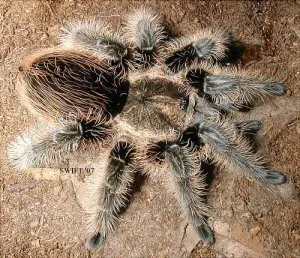Why Choose a Tarantula as a Pet?
Tarantulas can be fascinating pets, offering a unique opportunity to observe the wonders of the natural world. Their relatively low maintenance requirements and the captivating experience of observing their behavior make them an attractive option for many. Choosing a tarantula as a pet can be a rewarding experience, offering a glimpse into the fascinating world of arachnids. They are generally quiet, don’t require walks, and can be a good fit for people with allergies, unlike traditional pets with fur. Beyond the initial setup, the ongoing costs for tarantula ownership are usually minimal, primarily encompassing food and occasional substrate changes. This can make them a financially accessible pet choice for many, especially compared to animals requiring more frequent and costly care.
Tarantula Temperament and Suitability for Beginners
Understanding tarantula temperament is key to a positive pet-owner experience, especially for beginners. Tarantulas are generally not aggressive; however, they can be defensive. Their primary defense mechanisms include flicking urticating hairs (which can irritate the skin), biting (though not usually medically significant), or attempting to flee. Choosing species known for their docile nature is a great strategy for beginners. It’s important to respect their space and understand their natural behaviors. Handling tarantulas is generally discouraged unless necessary, as it can stress the animal and increase the risk of bites or falls. A calm and patient approach, coupled with a focus on observation, will provide the best experience for both the owner and the tarantula. Observing your tarantula’s behavior, such as feeding habits and burrowing, provides unique insights into its life.
Understanding Tarantula Care Basics
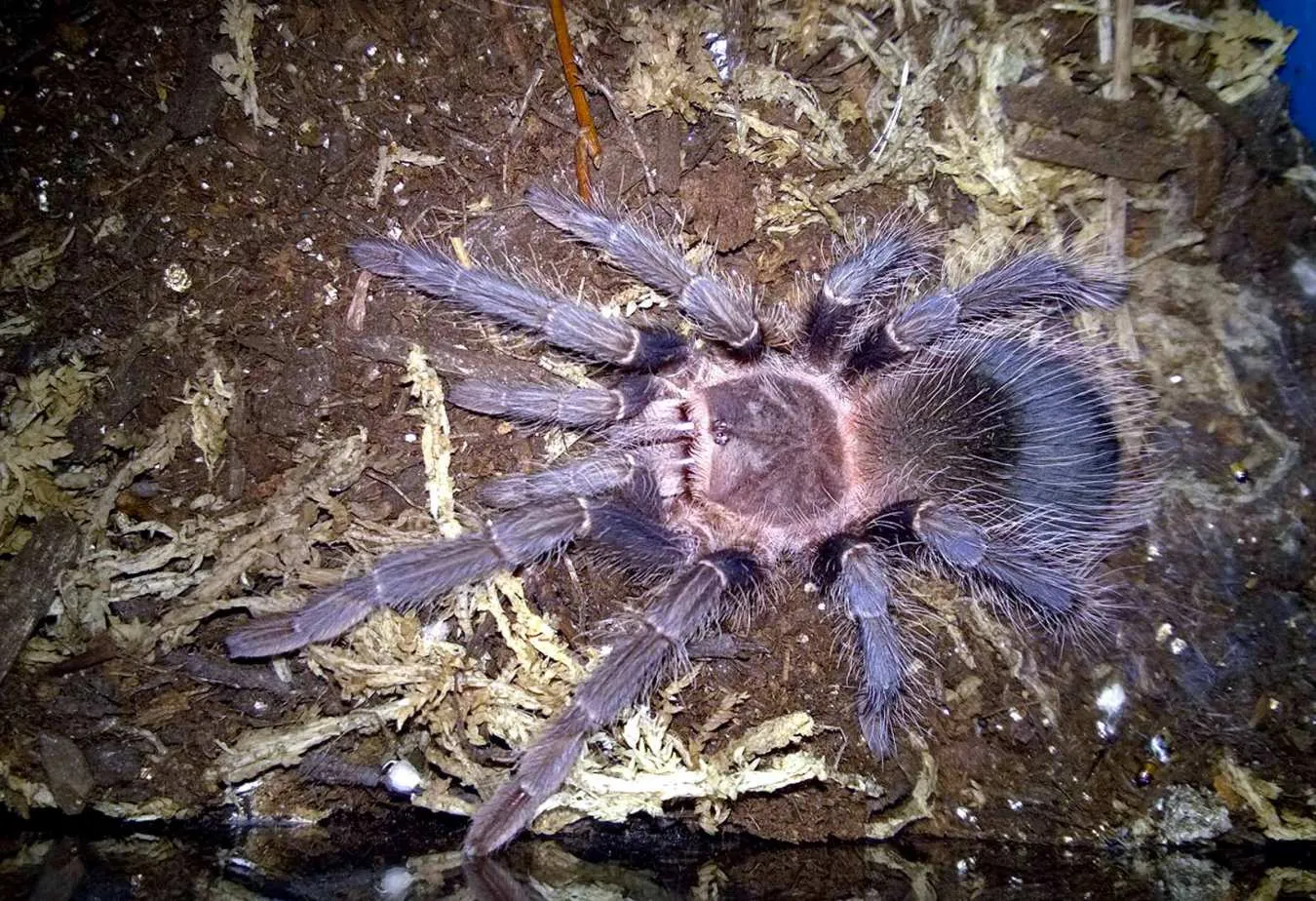
Caring for a tarantula, while relatively straightforward, requires attention to detail. The basic requirements include appropriate housing, substrate, temperature, humidity, and feeding. These factors, when correctly managed, can result in a long and fulfilling life for the tarantula. The initial setup often involves selecting an appropriately sized enclosure, providing a suitable substrate for burrowing or climbing, and ensuring proper ventilation. Temperature and humidity must be monitored and maintained within the recommended range for the specific species. Feeding frequency will vary depending on the tarantula’s size and age, with younger tarantulas requiring more frequent meals. A clean water source is also essential. Consistent monitoring of these elements ensures the well-being and happiness of your tarantula. The better you are prepared at the beginning the easier it will be to properly take care of it.
Top 5 Beginner-Friendly Tarantula Species
Choosing the right species is vital for beginner success. Several tarantula species are known for their docile temperaments and manageable care requirements. Here are some of the best options for new owners. These species are typically less defensive and can be readily maintained with basic care. Their relatively slow growth rates and predictable behaviors make them ideal for beginners to study and appreciate. Before getting one, always do some research. Always consider the space requirements and lifespan of the species. Consider that some species are more prone to burrowing than others, and will require deep substrate. Be mindful of the humidity and temperature needs of each species.
The Chilean Rose Hair Tarantula
The Chilean Rose Hair tarantula (Grammostola rosea) is one of the most popular beginner species. Their gentle disposition and relatively low care requirements make them ideal for those new to tarantula keeping. They are known for being quite docile, and bites are rare. They are also relatively slow-moving, making them less likely to startle or pose a danger. Their adaptability to varying conditions also adds to their appeal. They are terrestrial tarantulas, meaning they primarily live on the ground. They are a good choice because they can be handled, but this should be done sparingly. They are also quite hardy, tolerating small fluctuations in humidity and temperature.
Handling and Safety Tips
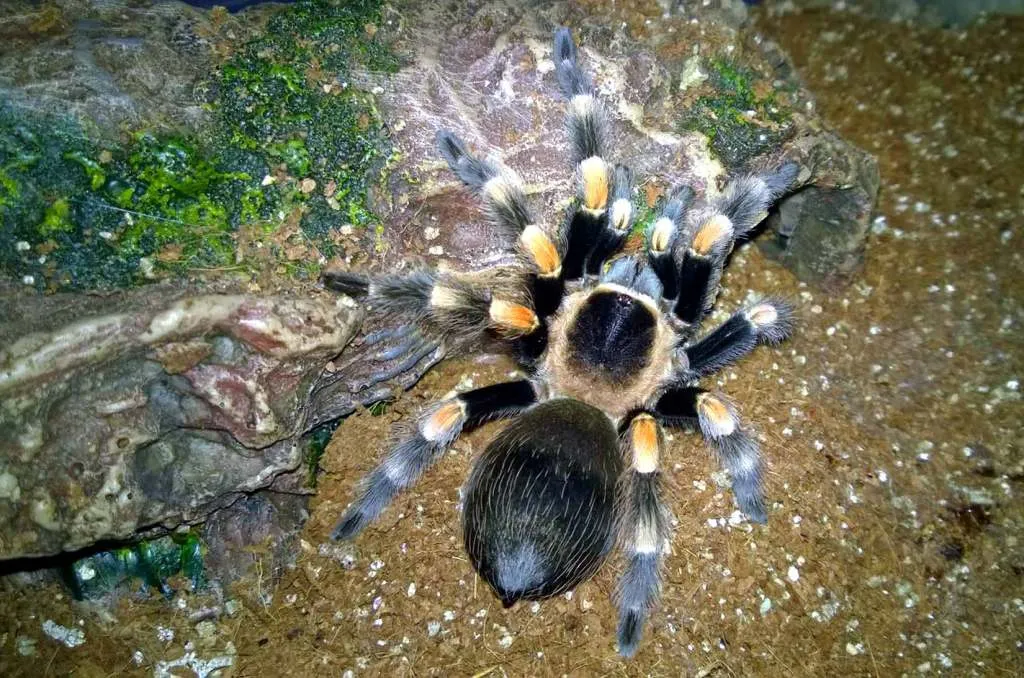
While the Chilean Rose Hair is known for its docile nature, handling tarantulas is generally not recommended. However, if you must handle your tarantula, do so with caution. Always handle them close to the ground or a soft surface, in case of a fall. Avoid sudden movements and try to remain calm, as this could startle the tarantula. Wash your hands before and after handling. Be aware of their defense mechanisms, such as urticating hairs, which can cause skin irritation. If you do get bitten, most tarantula bites are not medically significant but can be painful.
The Curly Hair Tarantula
The Curly Hair Tarantula (Tliltocatl albopilosus) is another excellent choice for beginners. Named for their distinctive curly hairs, these tarantulas are known for their gentle temperament and attractive appearance. They are also relatively hardy, making them easier to care for than some other species. They are also good eaters, and rarely refuse a meal. They are very popular among tarantula enthusiasts because they are relatively docile. They do not have significant venom. They are a good choice as a first tarantula because of their easy care.
The Mexican Red Knee Tarantula
The Mexican Red Knee (Brachypelma hamorii) is a classic tarantula and another favorite among beginners. With its striking black and red coloration, this species is visually appealing. They are known for their docile nature, making them relatively easy to handle. They tend to be slow-moving, reducing the risk of accidental drops or bites. They are also relatively hardy, tolerating minor fluctuations in temperature and humidity. Be mindful of the urticating hairs, which can cause skin irritation. Like most tarantulas, they are not aggressive, but can defend themselves if they feel threatened. A well-cared-for Mexican Red Knee can make a beautiful addition to any tarantula collection.
The Striped Knee Tarantula
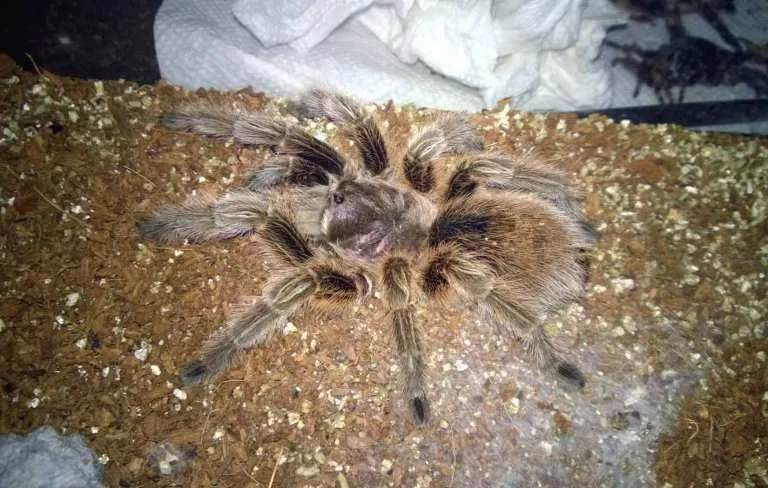
The Striped Knee Tarantula (Aphonopelma seemanni) is another great choice for beginners. These tarantulas are similar in appearance and temperament to the Mexican Red Knee, with striking black and white stripes on their legs. They are relatively docile and slow-moving, making them less likely to startle or bite. Their care requirements are similar to other beginner species. They are also quite hardy and can adapt well to a variety of environments. Their vibrant appearance and relatively easy care make them a good choice for new owners. Like other tarantulas, they are not aggressive, but will defend themselves if threatened.
Tarantula Enclosure Setup
Setting up the right enclosure is crucial for your tarantula’s well-being. The enclosure should be appropriately sized for the species and its size. A general rule is the enclosure should be at least twice the tarantula’s leg span in length and width. The height will depend on whether the species is terrestrial, arboreal, or fossorial. Adequate ventilation is essential to prevent the build-up of mold and bacteria. The substrate is very important, and will depend on the species. Many beginners prefer a mix of peat moss, vermiculite, and coco fiber. This will provide a suitable environment for burrowing and maintaining humidity. Providing a water dish that is shallow and easily accessible is very important. Provide a hiding place, such as a cork bark or a piece of wood. This allows the tarantula to feel safe and secure. The right enclosure will go a long way to the long-term health of your new pet.
Enclosure Size and Substrate
The size of the enclosure should match the size and species of your tarantula. The general rule is that the enclosure should be at least twice the tarantula’s leg span in both length and width. Height is less critical for terrestrial species. Arboreal species need height for climbing. The substrate is essential to creating a comfortable environment for your tarantula. Substrate choices include coconut fiber, peat moss, vermiculite, and mixtures. Ensure the substrate is deep enough for burrowing species. The substrate should also be able to retain some moisture to maintain humidity. Replace the substrate regularly to prevent the build-up of mold and bacteria. The enclosure size and the substrate are the most important parts of ensuring your tarantula lives a long, healthy, and safe life.
Maintaining Humidity and Temperature
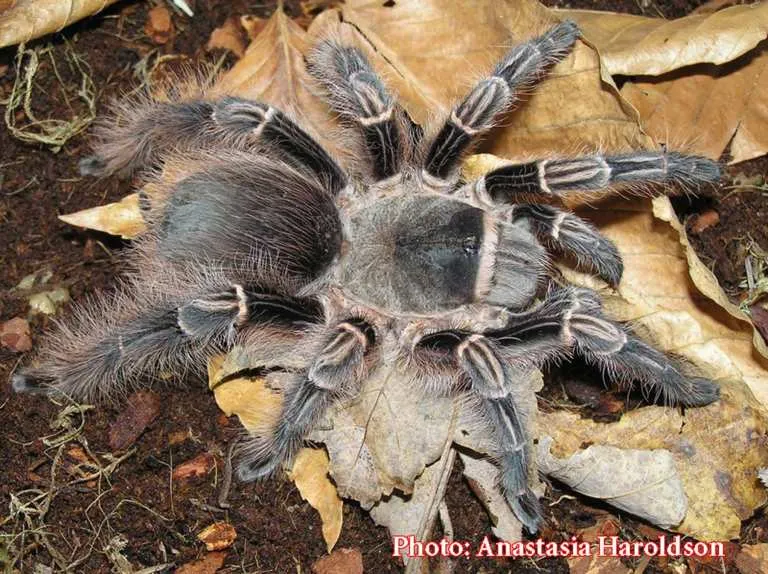
Maintaining the right temperature and humidity levels is essential for the health and well-being of your tarantula. The ideal temperature range for most species is between 75-85°F (24-29°C). Use a reliable thermometer to monitor the temperature within the enclosure. Ensure that the humidity levels are within the proper range for your tarantula species. This will vary but generally between 60-80%. You can increase humidity by misting the enclosure with water. Provide a shallow water dish. Avoid direct sunlight and drafts, as these can cause temperature fluctuations. Consistent monitoring and adjusting of temperature and humidity are critical to ensure the tarantula’s comfort and survival. Invest in a good thermometer and hygrometer for easy monitoring.
Feeding Your Tarantula
Feeding your tarantula is a simple process, but it must be done correctly. The frequency of feeding depends on the age and size of your tarantula. Younger tarantulas need to be fed more often than adults. Juveniles should be fed once or twice a week. Adults can be fed once every week or two. Offer the appropriate size of prey, which is generally equivalent to the size of the tarantula’s abdomen. Remove any uneaten prey within 24 hours, as it can stress the tarantula. Always make sure your tarantula has access to fresh water. Observe your tarantula’s feeding habits. Adjust the feeding schedule and prey size according to its appetite and activity level. Be careful when feeding your tarantula. Use tongs or a long instrument to present the food item. Feeding correctly helps your tarantula grow properly and stay healthy.
What to Feed Your Tarantula
Tarantulas primarily eat insects, and there are a variety of options. Crickets and mealworms are commonly used as food. These are readily available at most pet stores. You can also feed your tarantula other insects, such as roaches. Ensure that the insects are gut-loaded with nutritious food. This will make them more nutritious for the tarantula. Avoid feeding your tarantula wild-caught insects, as they may be contaminated with pesticides. Always feed prey that is appropriate in size. Do not feed any prey that is larger than the tarantula’s abdomen. Provide a clean water source at all times. Supplement with calcium and vitamins if recommended by an expert. The right food choices will keep your tarantula in great health.
Watering and Hydration
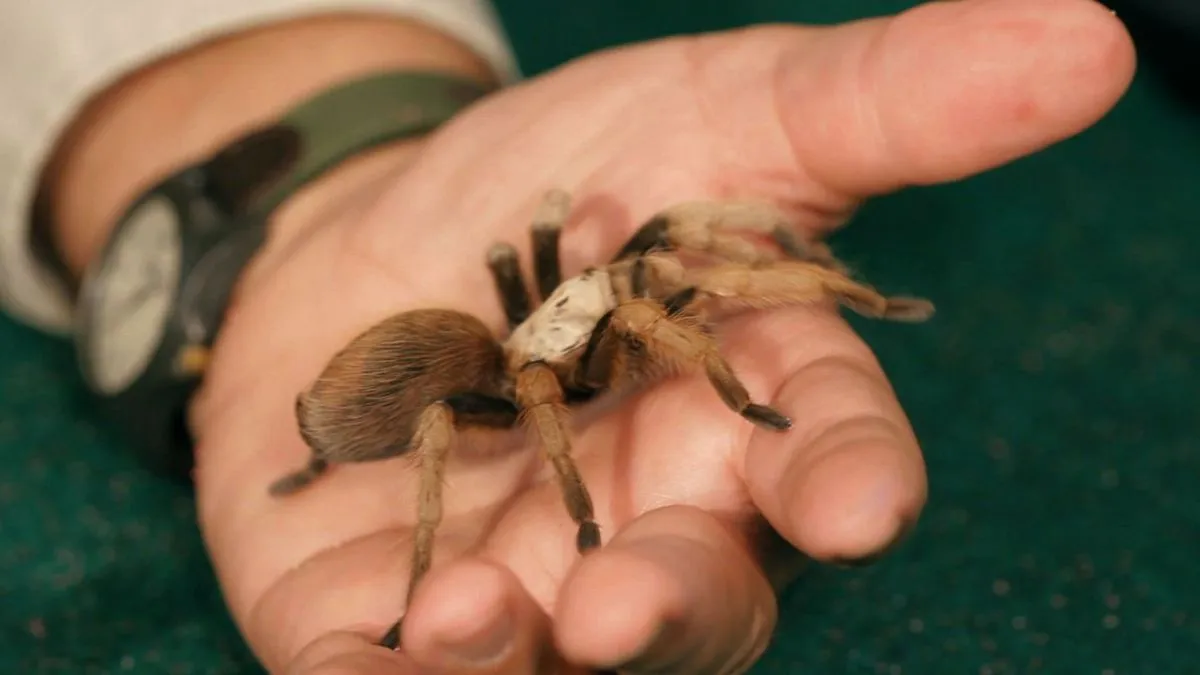
Providing clean water is critical for your tarantula’s survival. Ensure that your tarantula always has access to fresh, clean water. The easiest way to do this is with a shallow water dish. The water dish should be shallow enough that your tarantula can easily access the water. Regularly clean and refill the water dish. For smaller tarantulas, a small bottle cap can be used as a water dish. Some species may also drink from droplets of water that have been misted onto the sides of the enclosure. Monitor the enclosure to make sure that the humidity is within the right range. A tarantula will get most of its hydration from its food and water. Clean water is critical to the good health of your tarantula.
Troubleshooting Common Tarantula Problems
Even with proper care, issues can arise. Knowing how to address common problems can help you provide the best care possible. One of the most common concerns is a tarantula refusing to eat, which can be caused by stress, molting, or incorrect temperatures. If your tarantula is not eating, check the temperature and humidity levels. Make sure that the prey size is appropriate. Another issue is excessive moisture in the enclosure, which can lead to mold or mites. Maintain appropriate ventilation and substrate. If your tarantula has a health issue, or you suspect something is wrong, consult with a veterinarian or experienced tarantula keeper. Promptly addressing the issue can lead to better health and longer lives for the tarantula. Careful observation and research will help to solve many common issues. Regular monitoring and attention to detail are the best ways to maintain your tarantula’s health.
Moulting and What to Expect
Moulting is a natural process where tarantulas shed their exoskeletons to grow. During this process, the tarantula will be inactive. They may also lose their appetite. The frequency of moulting depends on the tarantula’s age and growth rate. Young tarantulas will molt more often. It is important to keep the humidity levels up during moulting. Do not disturb your tarantula while it is moulting. Do not feed the tarantula immediately after moulting. Wait a few days to allow the new exoskeleton to harden. The process can be a little intimidating, but this is a natural and necessary part of the tarantula’s life. The new exoskeleton will be much larger and brighter. Once the exoskeleton has hardened, the tarantula will be ready to eat again.
Identifying and Addressing Health Issues

Recognizing and addressing health issues is critical for the well-being of your tarantula. Common signs of health problems include loss of appetite, lethargy, and changes in behavior. Examine your tarantula regularly. Look for physical abnormalities, such as injuries or mites. Parasites can be a problem. These can be recognized by the presence of small insects. Isolate the tarantula from other pets. Check the enclosure for mold. If you notice signs of illness, consult with a vet. Early intervention can often prevent serious problems. Proper diet, correct housing, and maintaining optimal temperature and humidity levels can help prevent health problems. With careful attention, you can minimize health issues.
Conclusion
Owning a tarantula can be a rewarding experience. By choosing a beginner-friendly species and providing proper care, you can enjoy the fascinating world of these arachnids. Ensure that you understand their needs before acquiring one. Remember that research and patience are key to success. Proper housing, feeding, and the ability to recognize potential problems are essential for the health of your tarantula. With the right knowledge and dedication, you can enjoy a unique and fulfilling pet ownership experience. Enjoy the journey of learning and appreciating these remarkable creatures, while providing them with a safe and enriching environment.
